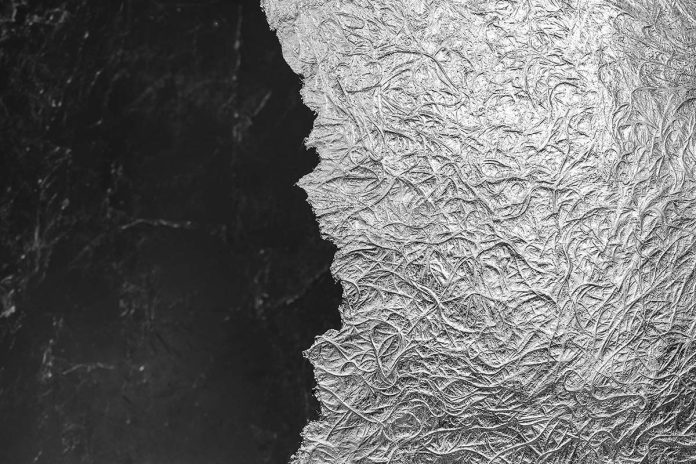For Niccolò Biddau, the act of looking is an investigation into the essence of things. Born in Turin in 1966, he inherited his passion for photography from his father. So, after high school and a degree in political science, he decided to make it his profession. And from 1998 he began to focus his research on urban landscapes, sculpture and interior photography. Increasingly in black and white.

In 2002 he began to focus his work on the production cycles of Italian companies: a world he explores with encyclopaedic commitment (to date he has photographed around 600 of them, from all sectors). Fifteen years ago he founded his own publishing house, Photo Publisher, with a catalogue of around twenty monographic titles: “To have autonomy”, he explains. The images on these pages come from a major project of his, which later became a volume (Design Made in Italy, Photo Publisher, 2022) linked to design, which crosses many of Italy’s manufacturing excellence: fashion, food, automotive. And, of course, the world of furniture.

How did this project come about?
The beginnings actually go back a long way. In 1999, while photographing cities, I realised how much people had forgotten the presence of industry in the urban landscape, now replaced by something else. And I had the desire to tell this story in a book, which, together with photography, has the extraordinary power to tell stories that remain. I spoke about this project at Confindustria Torino and Assolombarda, and the companies opened their doors to me. I never asked for anything, and vice versa; I chose to work on shared reflections with them.

During a presentation on the urban transformation of Milan’s suburbs, it was suggested that I focus on design. Given my interest in the ‘behind the scenes’ of production, it immediately seemed like a good idea. Then Covid came along, but I took the idea further. At some point, in April 2021, I left: it couldn’t have been a worse time. We didn’t know if there would be an exhibition, the companies were in a frenzy, it was a race against time. And by the time we went to press, the price of paper had shot up. Nevertheless, a first edition was born, allowing us to chart a course, to show how design shapes all areas of our lives. It is a study of form and matter, but also a study of design, of the peculiarities of brands. This was the thread that ran through the project.

Some of these images are completely abstract.
The most abstract of them all is the profile of the border strips of the Flou beds. Rosario Messina, who was still alive, understood it perfectly. There is nothing immediately recognisable in the picture, but we notice the perfection of every detail: engineering and design. The photo was taken by observing an absolutely random composition of these bands, resting in a warehouse of materials. There has to be emotion and information in a photograph. I find that these images are silent, but you can imagine the noise of the factory, which is almost always there. This is the photographer’s task: to maintain concentration even in complex environments, to continue to observe, to capture.

Then there is the beautiful shot of the Up armchairs by B&B Italia.
The focus is on polyurethane foam, the material that Busnelli introduced as a major innovation in the sector. If you go by subtraction, you get to the essence. In the end, it is the many that make up a single image. And black and white helps to highlight certain situations, it creates something magical. The less the photographer tries to make a critical comment, the better. When I approach a design object, I do so with a basic knowledge, but I never want to go further, lest I be influenced. This is where the power of the material speaks.

Where does this almost philosophical vision of photography come from?
I was very lucky because from a very young age my parents took me to discover beauty, in Italy and abroad. My mother used to say: “As a child, you never talked, you just observed”. Photography was my father’s great passion and I studied many of his photographs from the fifties and sixties. I tried, perhaps unconsciously, to capture this impulse to observe. The journey, the landscape: elements that are captured and then discarded. I started studying photography in high school, and after high school I took a ticket to Singapore, Malaysia and Indonesia and disappeared for three months. That’s when I did my first reportages. As time went on, I realised that I was more interested in architecture, urbanism and industry. So I specialised and refined my language. And I continued. With passion.
Photo © Niccolò Biddau







